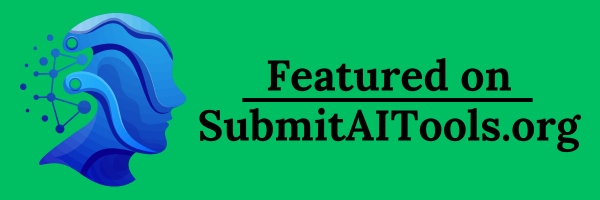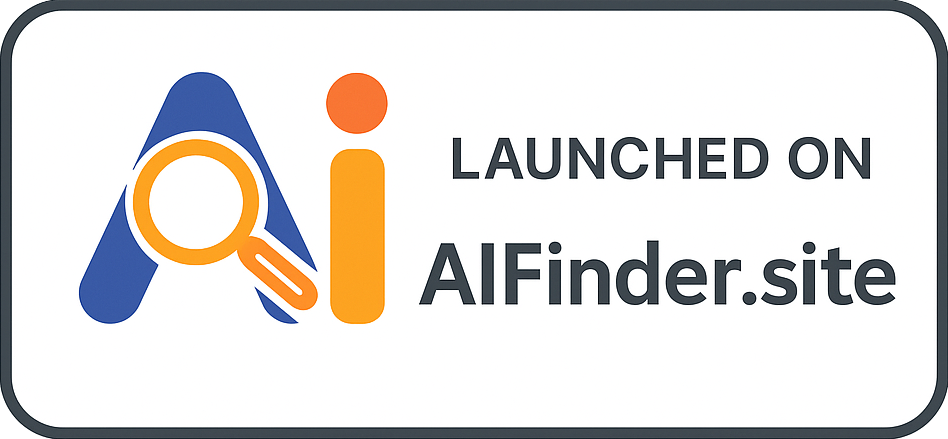Audience Segmentation
Audience Segmentation is the process of dividing a target audience into distinct groups based on various characteristics, allowing marketers to tailor their messages and strategies to specific segments for more effective communication.
Frequently Asked Questions
What is Audience Segmentation?
Audience Segmentation refers to the practice of categorizing an audience into smaller, more defined groups based on shared characteristics such as demographics, interests, buying behavior, and psychographics, enabling more personalized marketing efforts.
Where is Audience Segmentation applied?
Audience segmentation is used across various marketing channels, including social media, email marketing, content marketing, and advertising. It helps brands optimize their targeting for campaigns and enhance engagement with specific audience segments.
When should Audience Segmentation be implemented?
Audience segmentation should be implemented during the planning phase of marketing campaigns to ensure that messaging, content, and promotions are relevant to the target audience. It can also be adjusted as new data is collected or markets evolve.
Why is Audience Segmentation important?
Audience segmentation is important because it helps brands understand their consumers' needs and preferences, leading to higher engagement rates, improved customer satisfaction, and ultimately better conversion rates. Tailored messaging resonates more with specific audience groups.
How to effectively segment an audience?
To effectively segment an audience, marketers should collect and analyze data about customer behaviors, preferences, and demographics. They can then create profiles for each segment and develop targeted marketing strategies that address the unique needs of these groups.
Key Takeaways
In influencer marketing, Audience Segmentation is vital for creating targeted campaigns that resonate with specific audiences. By understanding different segments, brands and influencers can enhance engagement, foster loyalty, and drive better overall results.
Hot Glossary Terms
Influencer Marketing
Influencer Marketing is a strategy that leverages the influence of individuals with large followings on social media to promote products or services, aiming to reach a targeted audience effectively.
Social Media Marketing
Social Media Marketing refers to the use of social media platforms and websites to promote a product or service, encouraging user engagement and brand awareness through content creation and sharing.
Content Strategy
Content Strategy is a comprehensive plan aimed at creating, publishing, and managing high-quality content to achieve business goals and enhance user engagement.
Brand Partnerships
Brand Partnerships refer to collaborative relationships between two or more brands or influencers aimed at promoting mutual interests and achieving shared goals through combined marketing efforts.
Engagement Rate
Engagement Rate is a key performance metric in social media and influencer marketing that measures the level of interaction and engagement a piece of content receives from its audience.
Related Terms
Direct Linking
Direct Linking refers to the marketing strategy of linking directly to a page or product, enabling a straightforward path for referral traffic and facilitating conversions.
Algorithm Understanding
Algorithm Understanding refers to the comprehension of how algorithms, particularly on social media platforms, function to curate and deliver content to users based on various factors such as engagement, relevance, and user behavior.
Affiliate Data Feed
An Affiliate Data Feed is a structured file that contains product information that affiliates can use to promote products and services across various platforms, helping brands to increase their reach and sales.
Influencer Marketing Goals
Influencer Marketing Goals refer to the specific objectives that brands aim to achieve through collaborations with influencers, guiding their marketing strategies and measuring success.
Social Media Budget
A Social Media Budget is a financial plan that allocates resources for paid advertising, content creation, influencer collaborations, and other marketing efforts on social media platforms.







